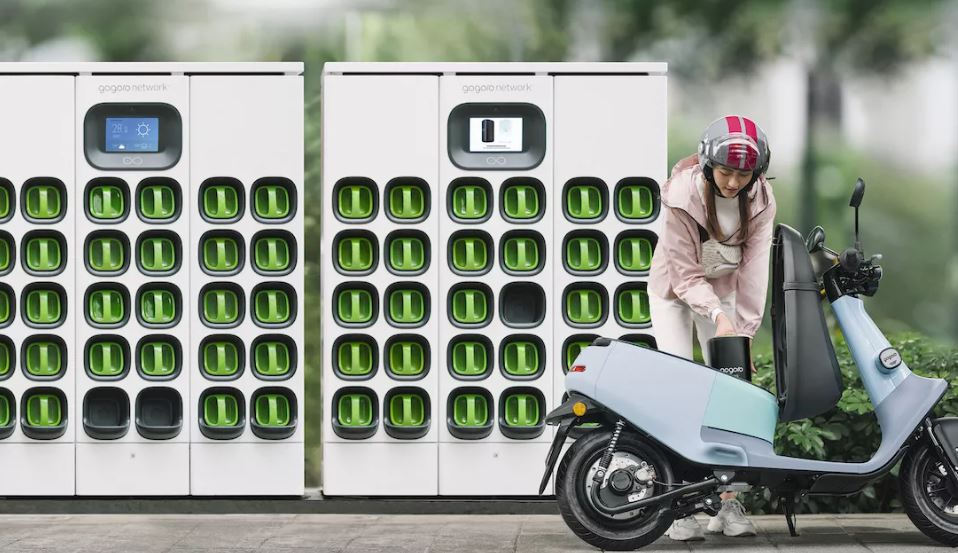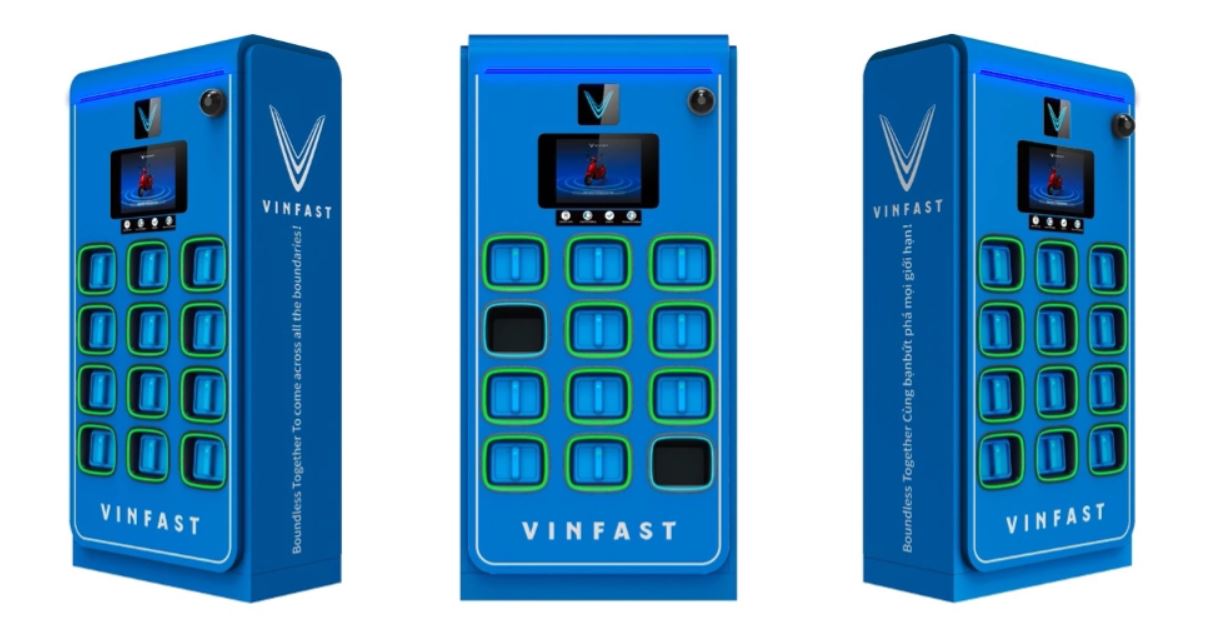Battery swapping involves replacing a depleted electric vehicle battery (for motorcycles, cars, buses, etc.) with a fully charged one at designated stations. Instead of waiting hours to recharge, users only need a few minutes to swap batteries and continue their journey.
The principle of battery swapping is similar to exchanging propane tanks: the battery is not owned by the user but is "rented" as a service. Users pay a monthly subscription or a fee per swap.
As electric vehicles continue to be a green transportation solution, battery swap stations are showing great potential to address infrastructure and charging time challenges. According to a report by MDPI, the number of battery swap stations in China increased from about 306 in 2019 to 4,443 by the end of 2024, achieving an average annual growth rate exceeding 30%.
NIO, the electric car manufacturer, reported that by 12/2024, they had surpassed 60 million battery swaps through a network of over 2,785 stations nationwide. At this scale, swapping batteries is becoming a habit for users, much like refueling gasoline vehicles. This convenience has helped NIO expand its customer base and put pressure on other EV manufacturers to consider joining the network.
In parallel, China's public charging infrastructure has also expanded significantly: in 2023, approximately 930,000 public charging points were added, bringing the total to over 2.3 million.
In Taiwan (China), Gogoro has also developed a large-scale battery swapping network, becoming a closely watched model in the market. According to the company, by the end of 2023, over 587,000 people had registered for Gogoro's battery swap service. More than 2,600 swap stations have been deployed across the territory, facilitating approximately 340,000 swaps daily. Cumulatively, the system has performed over 325 million swaps since its inception. Thanks to this extensive infrastructure, the market share of electric motorcycles in Taiwan has reached 8.6% of all two-wheelers.
 |
A customer swaps a battery for an electric motorcycle at a Gogoro station. Photo: Gogoro |
A customer swaps a battery for an electric motorcycle at a Gogoro station. Photo: Gogoro
In contrast, despite the development of fast charging infrastructure, battery swapping in European countries remains in the pilot phase. According to EV, by mid-2024, NIO had put into operation around 59-60 swap stations in Norway, Germany, the Netherlands, and Sweden, recording over 63,000 swaps. This figure is still modest compared to the thousands of stations in China, but it indicates that developed markets are also starting to consider adding swap stations as an option alongside fast charging. As power grids face pressure from the growth of electric vehicles, battery swapping can be seen as a supporting solution, increasing system flexibility.
This model is more active in Southeast Asia. In Indonesia, Swap Energi (Swap.id) currently operates over 1,300 battery swap stations in major cities, partnering with Pertamina, Alfamart, and Circle K to expand service coverage. According to the "Indonesia Electric Vehicles" report, Indonesia aims to have 10,000 swap stations.
In Thailand, the battery swapping infrastructure is in its early stages but has seen a clear start. In May, UNEX EV and its partners opened the first smart swap station in Phuket, primarily serving electric taxis and ride-hailing services. The company aims to invest over 12,000 trillion baht to build a nationwide network over the next three years, with plans to open over 1,000 swap stations.
In Vietnam, several companies have begun testing this model for electric motorcycles. Some domestic and foreign joint venture brands are deploying swap stations in Hanoi, Ho Chi Minh City, and other major cities. For instance, VinFast recently launched swappable battery versions of its electric motorcycles and is developing 150,000 swap stations nationwide. Starting in October, the company will install the first 1,000 stations, aiming for 50,000 by the end of the year. This planned swap network is many times larger than the current system of approximately 17,000 gas and petrol stations nationwide.
 |
Design of a VinFast electric motorcycle battery swap station. Photo: VinFast |
Design of a VinFast electric motorcycle battery swap station. Photo: VinFast
V-Green (VinFast's charging network development partner) has just signed a cooperation agreement with The Gioi Di Dong to install 350 electric car charging stations and 1,360 electric motorcycle battery swap cabinets. Of these, 360 cabinets will be located at car charging stations and 1,000 at independent locations. In 2026, the two sides will add 1,000 car charging stations and 500 motorcycle battery swap cabinets nationwide.
Experts note that the common thread in successful markets is that the battery swapping model does not operate independently but is linked to the vehicle ecosystem, from standardized battery design and incentive policies to a widespread network. The ability to swap batteries in minutes removes one of the biggest barriers for consumers, thereby accelerating electrification.
Thai Anh












